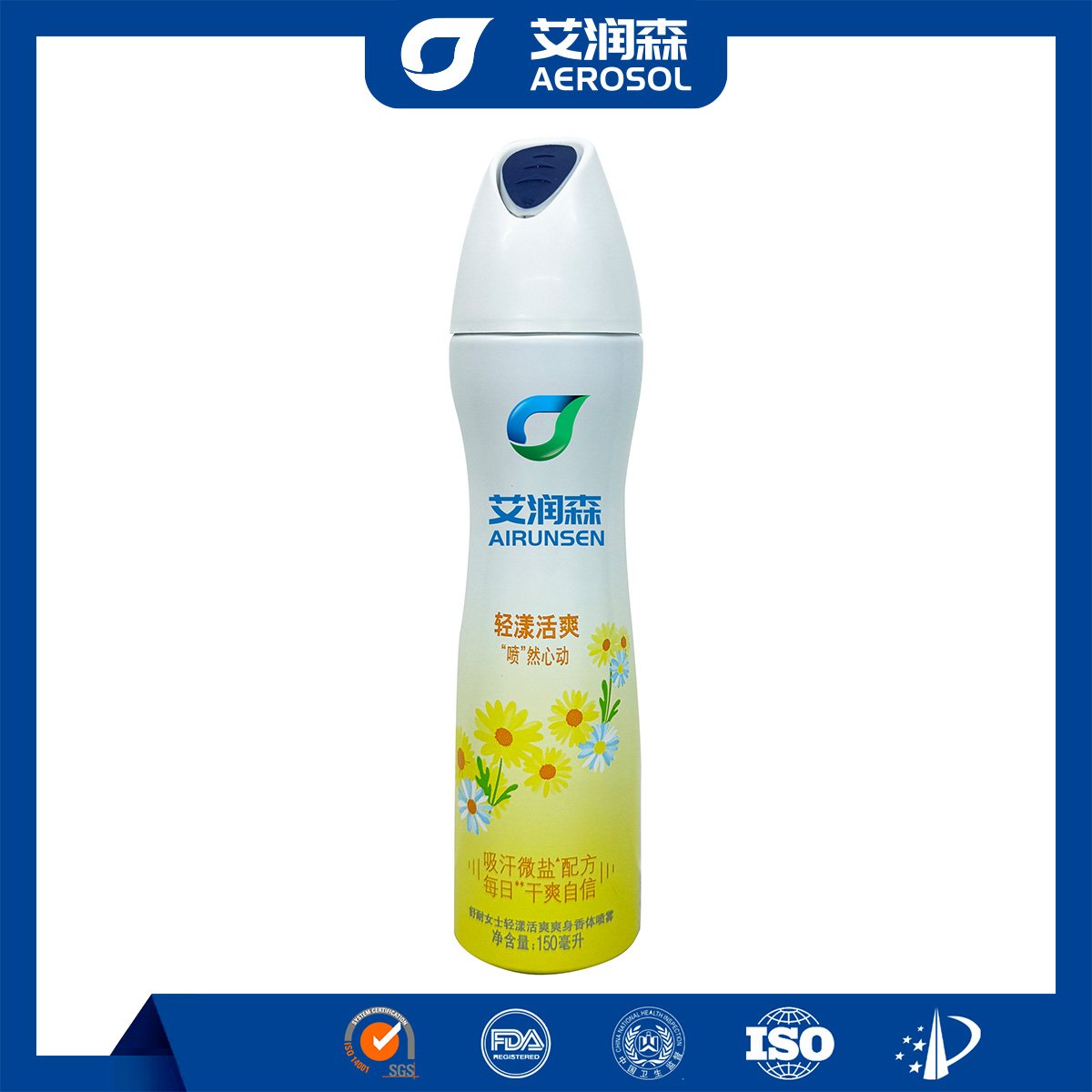- Ingredients:
- Solvents: Such as acetone and xylene. Acetone is a highly effective solvent that can quickly break down carbon deposits and greasy residues. It has a low boiling point, which means it evaporates rapidly after cleaning, leaving minimal residue behind. Xylene, on the other hand, is excellent for dissolving stubborn tar and varnish-like substances that can accumulate on the throttle body over time.
- Detergents: Ingredients like ammonium salts of alkylbenzene sulfonic acid are commonly used. These detergents help emulsify dirt and oil, making them easier to wash away. They work in tandem with the solvents to ensure a thorough clean. They also have the ability to penetrate deep into the pores and crevices of the throttle body, dislodging hidden contaminants.
- Corrosion Inhibitors: Substances such as benzotriazole are added. After cleaning, this compound forms a protective layer on the metal surfaces of the throttle body, preventing rust and corrosion. This is crucial as the throttle body is constantly exposed to moisture and air, which can cause metal deterioration over time.
- Efficacy:
- Carbon Deposit Removal: Effectively dissolves and removes carbon buildup on the throttle plate and its surrounding areas. Carbon deposits can restrict air flow, leading to poor engine performance, rough idling, and increased fuel consumption. By eliminating these deposits, the engine can breathe more freely, improving overall efficiency.
- Smooth Air Flow Restoration: Cleans the throttle body passages, ensuring unrestricted air intake. This allows for precise control of the air-fuel mixture, which is essential for optimal engine combustion. Smooth air flow also helps reduce engine knocking and misfires.
- Emission Reduction: With cleaner air passages and better combustion, the engine emits fewer harmful pollutants. This is beneficial for both the environment and for meeting vehicle emission standards.
- Advantages:
- Quick and Efficient: It can clean the throttle body in a relatively short amount of time compared to manual scrubbing. The solvents and detergents work rapidly to break down and remove contaminants, saving valuable time during vehicle maintenance.
- Thorough Cleaning: Reaches all the hard-to-reach areas of the throttle body, providing a more comprehensive clean than some other methods. This helps prevent future problems related to partial cleaning, such as uneven air flow.
- Safe for Components: Formulated to be gentle on the throttle body’s metal, plastic, and rubber components. It won’t cause damage to sensitive parts like sensors or gaskets, ensuring the continued proper functioning of the throttle body.
- Application Scenarios:
- Regular Vehicle Maintenance: As part of routine car servicing, cleaning the throttle body with this product helps keep the engine running smoothly. It’s recommended to use it every 10,000 to 15,000 miles or as per the vehicle manufacturer’s guidelines.
- Engine Performance Restoration: If a vehicle is experiencing symptoms like sluggish acceleration, stalling, or high fuel consumption, using a throttle body cleaner can often resolve these issues. It can bring back the engine’s lost performance.
- Preparing for Emission Tests: To ensure a vehicle passes emission tests, cleaning the throttle body is a crucial step. It helps the engine operate more cleanly and reduces the chances of failing the test due to excessive emissions.















